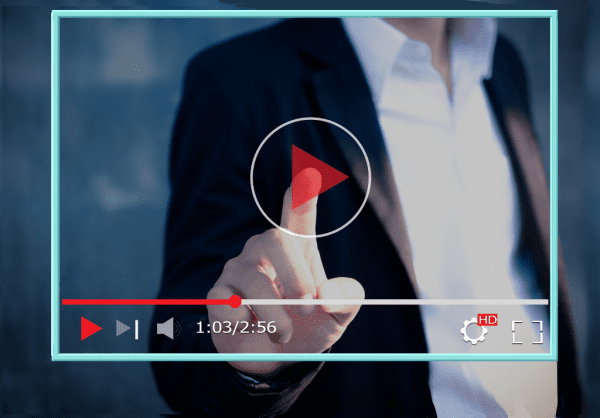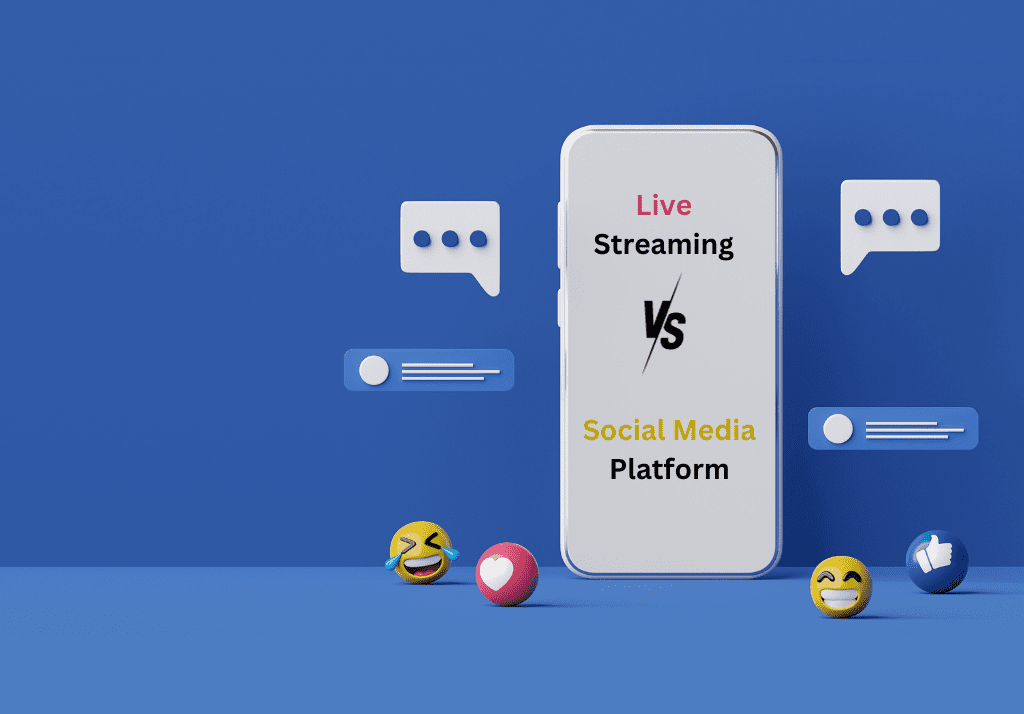As we all know, live streaming is nowadays at its peak. It has become an indispensable tool for businesses, content creators, organizations, etc. to easily and effectively communicate with their audience in real-time. With the advent of advanced features and the need for seamless interaction with the audience in real-time through online events, the question arises: how much should you spend on a live streaming platform? So, in this article, we will talk about some of the most important factors you should consider when budgeting for a live streaming platform.
Assess Your Needs
Before investing, always list down your actual business needs. Understand the scope and complexity of your online events. What does your eCommerce website lack? What type of product did you first showcase during your live events? What ways of integration can be done into your website? Other points to be noted are the number of live product demonstrations, event planning requirements, and the number of analytics & insights you wish to have. In this way, you can determine the essential features that align with your goals.
Cost vs Features
The price of any live streaming platform may vary, depending on the features offered. Multi-store single accounts, live audience interaction, highlighting products, gathering insights, and adding multiple event hosts are essential for some users, but may not be the same for others as well. At this point, always consider the cost according to the impact of each feature and prioritize them according to your business needs. Also, it is crucial to find a balance between your needs and your budget.
Subscription Plans
Most of the live streaming platforms offer a wide range of subscription plans to meet different user needs. These plans typically come with tiered pricing, allowing you to choose a plan that suits your requirements and budget. Always look for a plan that provides the essential features your online business needs while avoiding unnecessary add-ons. Live streaming subscription plans often come in monthly or annual packages, so consider the long-term value they offer.
Pay-as-You-Go
If your live streaming needs are sporadic, you may want to explore pay-as-you-go options. This flexible pricing model allows you to pay only for the services you use, which can be cost-effective for occasional users. Pay-as-you-go options are especially beneficial if you’re planning one-time events or campaigns that don’t require continuous streaming.
Scalability
As your audience as well as events start to grow, your live streaming needs may also start to evolve. Make sure the platform you choose can scale with your needs. This includes the ability to schedule, edit, or delete events, as well as handle an increase in traffic and viewers. Scalability is an important factor in determining the long-term cost-effectiveness of the platform you choose.
Hidden Costs
In some cases, there are some hidden costs charged, such as overage charges, additional bandwidth fees, and charges for exceeding event duration limits. Before investing in any plans, always read the fine print and ask your service provider about all the potential hidden fees they are going to charge. This is because understanding the full cost structure will help you avoid unexpected expenses.
Value-added Features
Beyond the basics, some live streaming platforms offer value-added features like the ability to highlight focused products with an “Add to Cart” feature, share events on social channels, and create polls for feedback. These features can significantly enhance your audience engagement and ROI, but they may come at an additional cost. Evaluate the value these live streaming features bring to your events and weigh them against their cost.
Analytics and ROI
The ability to track and measure the success of your live streams is vital. Find platforms that offer comprehensive analytics and insights, allowing you to make the most out of your events. With this, you can even track different metrics like viewer engagement, conversions, and audience feedback, which will help you make data-driven decisions and improve your ROI like never before.
Conclusion
Whenever deciding how much to spend on a live streaming platform with advanced features, it’s vital to go for the one where you can find a balance between your needs and your budget. A number of advanced features are coming day by day, but always remember to consider what your online business needs the most. You can go for scalability and value-added features, or ask for hidden charges or services to ease your work. Overall, choosing the right platform is not a piece of cake. Make sure whatever you choose fulfills your business needs without breaking the bank. Additionally, such a platform should not only meet your current needs but also provide you with room for growth and help you achieve a higher ROI. By making an informed decision, you can ensure that your investment in live streaming is both cost-effective and result-driven.



